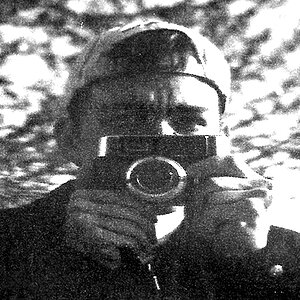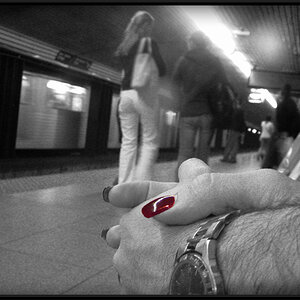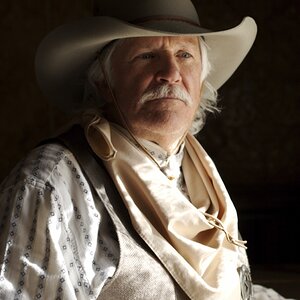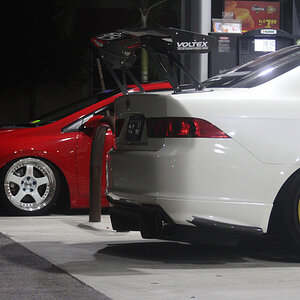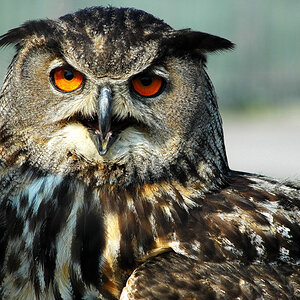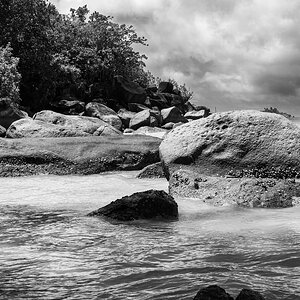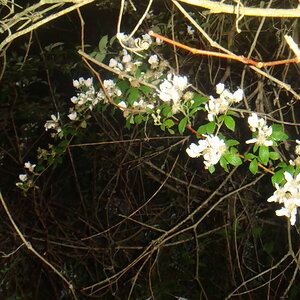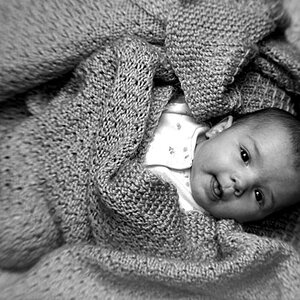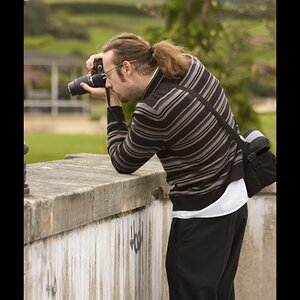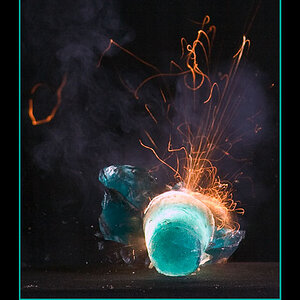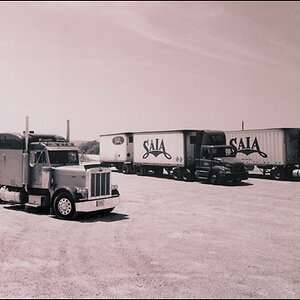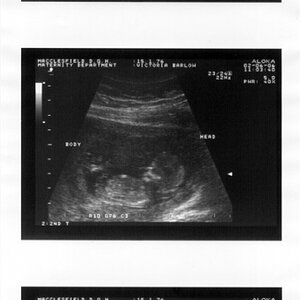Lakhesis
TPF Noob!
- Joined
- Dec 27, 2012
- Messages
- 4
- Reaction score
- 0
- Location
- Iloilo
- Can others edit my Photos
- Photos NOT OK to edit
I already know their definition.... but I don't know how to apply it...
like what should be the best setting when picturing a person at night...
picturing a bird.. picturing a person in a garden.. having a coffee.. etc etc..
I just want some few examples from an expert )
)
excuse my english btw
like what should be the best setting when picturing a person at night...
picturing a bird.. picturing a person in a garden.. having a coffee.. etc etc..
I just want some few examples from an expert
excuse my english btw


